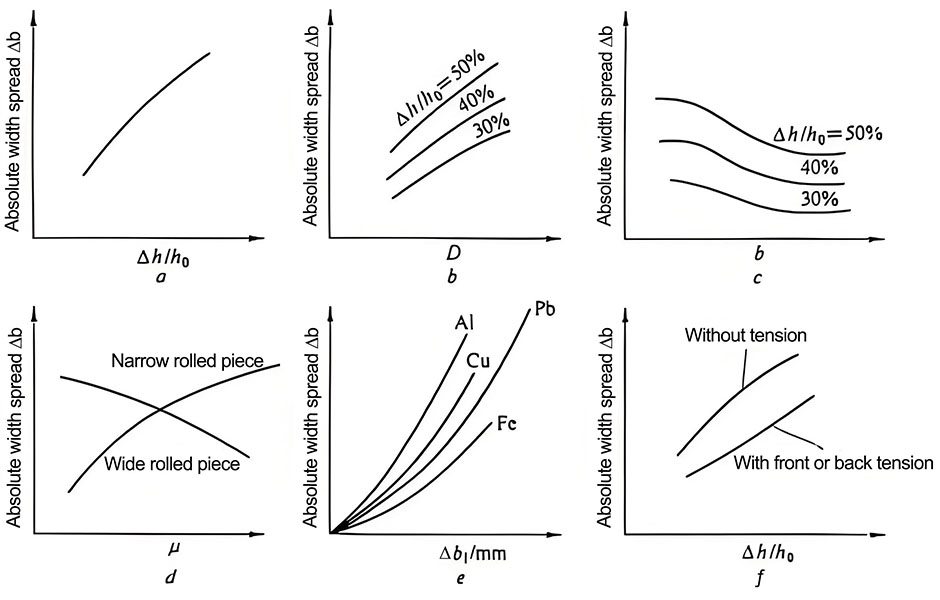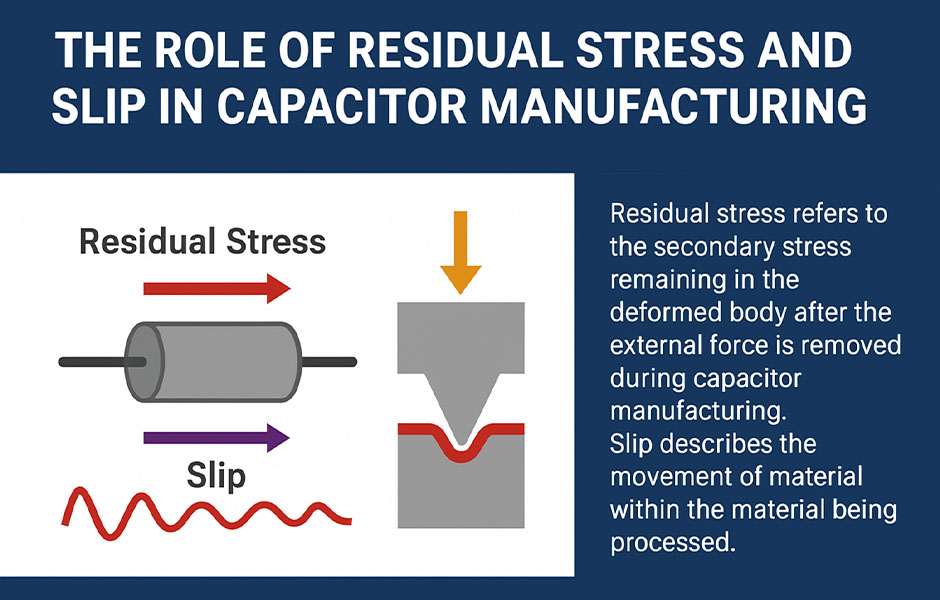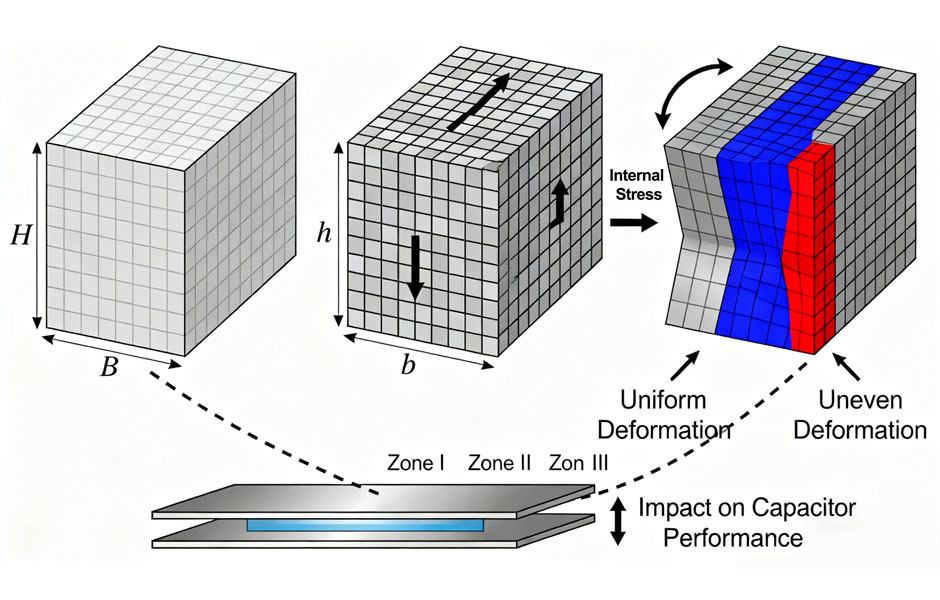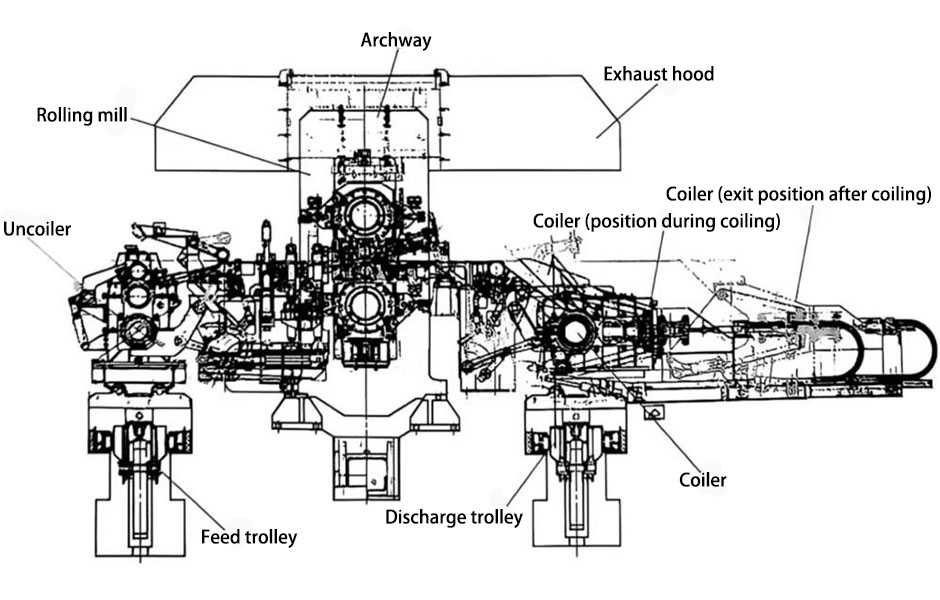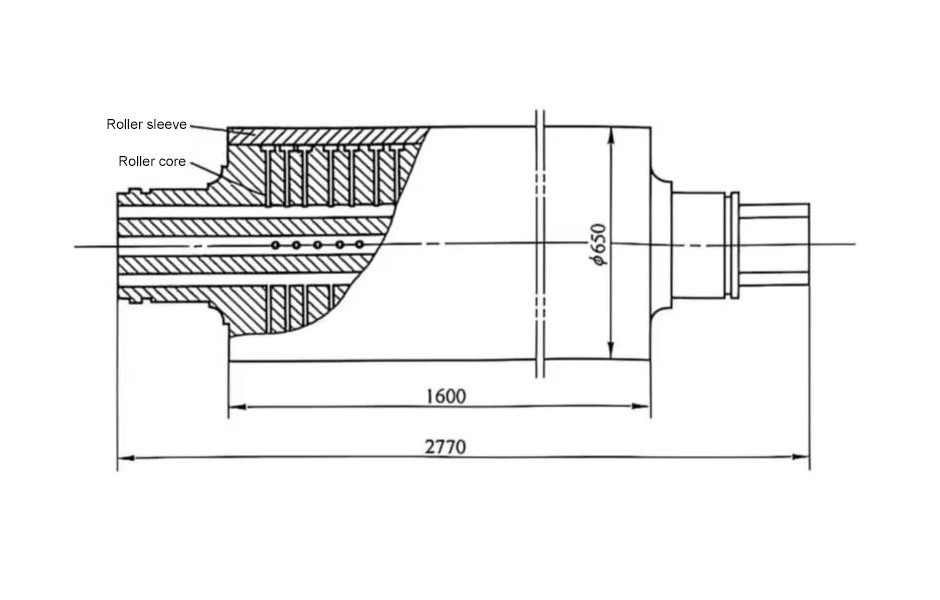Aluminum electrolytic capacitor is made of aluminum cylinder as negative electrode, which is filled with liquid electrolyte, and a piece of curved aluminum tape is inserted as positive electrode. The capacitor is called aluminum electrolytic capacitor. It is a general-purpose electrolytic capacitor made of aluminum with good electrical performance, wide application range and high reliability. The following is the working principle and basic parameters of aluminum electrolytic capacitor.
- Working principle of aluminum electrolytic capacitor
Aluminum electrolytic capacitor use the oxide film formed on the surface of the anode high-purity aluminum foil as the dielectric, and then the cathode aluminum foil, electrolyte, capacitor paper (electrolytic paper). The oxide film is formed by electrolytic oxidation (formation), is very thin, and has rectifying properties. In addition, by corroding high-purity aluminum foil to expand the effective surface area, a miniaturized and large-capacity capacitor is obtained. The structure of the actual capacitor is composed of anode foil and cathode foil, with electrolytic paper (two layers of foil and two layers of electrolytic paper) sandwiched between the two foils. The electrolytic paper impregnated with electrolyte is a non-solid aluminum electrolytic capacitor, which is used in electrolytic paper The solid electrolyte conductive polymer is aluminum solid
Electrolytic capacitor.
- Basic parameters of aluminum electrolytic capacitor
- Capacity
According to the principle of aluminum electrolytic capacitor, the capacitance of the electrolytic capacitor is determined by the capacitance Ca of the anode foil and the capacitance Cc of the cathode foil in series
The result is the total capacity of the capacitor:
C = Ca×Cc/Ca+Cc
The standard capacity tolerance is ± 20% (M), and precision capacitor such as tolerances of ± 10% (K) require special production.
The capacity of aluminum electrolytic capacitor will vary with the test temperature and frequency. Therefore, the standard conditions for capacitance testing are: 120Hz, 20 ° C.
- Equivalent series resistance
The equivalent series resistance ESR is composed of the resistance of the electrolyte, electrode foil, and lead wires and the connection resistance between them. In the equivalent circuit, it is equivalent to
The capacity is connected in series:
ESR decreases with increasing temperature, and decreases with increasing frequency in the low frequency region. The ESR impedance value is listed in the product catalog or approval letter
About the measurement position during ESR measurement:
Lead type: The measurement position is the bottom of the lead terminal.
Chip type: The measurement position is the electrode part closest to the orifice of the resin plate.
- Loss angle tangent (Tanδ)
In an equivalent circuit, the ratio of the equivalent series resistance ESR to the capacitive reactance 1 / ωC is called Tanδ. Tanδ = RESR / (l / ωC)
Among them: RESR = ESR (120Hz)
ω = 2 π f (f = 120Hz)
Tanδ increases with the increase of measurement frequency and increases with the decrease of measurement temperature.
- 4. Leakage current
Since the dielectric is not ideally fully insulated, the electrolytic capacitor will generate a small DC current after the voltage is applied. This DC current is the leakage current.
The leakage current value is related to the applied voltage, charging time and the temperature of the capacitor. The increase in temperature and voltage will increase the leakage current.
- Rated ripple current
The rated ripple current is the maximum AC current allowed to flow in the capacitor. Due to the power loss in the capacitor (ESR is present), the ripple current will cause the capacitor
There is a temperature rise inside. In order to make the capacitor work normally during the life cycle, each capacitor is specified with a rated ripple current at the rated operating temperature,
Thereby limiting its internal temperature rise. usually:
The maximum allowable temperature of the 85 ° C capacitor is 10 ° C, that is, the maximum allowable temperature of the core package is 95 ° C;
For 105 ° C products, the maximum allowable temperature rises to 5 ° C, and the maximum allowable temperature in the center of the core package can reach 110 °
